- 0% APR Financing Available for up to 3 months*
-
Lifetime Upgrade
We are committed to serving our customers not only for a sale, but during a lifetime.
More Info
-
Jewelry Warranty
For your peace of mind, all B2C Jewels items are covered by a 1-year warranty.
More Info
-
Price Match Gaurantee
B2C Jewels is committed to offer the best price available on certified diamonds.
More Info
Loose Diamond Educational Videos
Recently Viewed
Video Transcriptions >
Know More
The princess cut is a very appealing shape for engagement rings, second only to the round brilliant in popularity. The Princess cut can be dazzling and impressive but there are several things you’ll want to keep in mind while looking for a Princess cut. Hi, I'm Brian with B2C Jewels. Let's get started on your diamond buying journey
If you have been browsing princess cut diamonds, you may notice they cost a little less than rounds of comparable carat weights. This is because of the cut's high yield from the diamond rough.
When diamonds are cut from diamond rough, the cutter plans the shape of the diamond based on how much polished diamond the rough will yield. Due to the straight edges and proportions a Princess cut may use as much as 80 to 90% of the diamond rough. Many times the rough will not yield as much for a round brilliant so the carat weight of the round will be less – even though the cost of the rough is the same for both shapes, this is why you often fiend Princess cuts a better carat for dollar value than a round.
The Princess cut allows for a significant amount of variables and the GIA does not grade the cut of fancy shapes so there is not an industry-standard set of proportion for the consumer to evaluate. So, how do you judge the cut quality?
As with any shape the table, depth, and symmetry are indicators of cut quality and you can gain some significant information from these numbers. At B2C we recommend adepth between 65% and 75% with a table of65% to 78% which often reflects the natural proportions of the diamond rough. Of course polish and symmetry ARE graded on the GIA certificate, so let that be your guide for those factors – Obviously Excellent and Very Good are the top of that scale.
If you are curious about the wide range of acceptable depth and table size good for you. How do you make a decision about how a Princess cut diamond will perform? That is where light performance images come in – at B2C we primarily rely on the ASET-Scope pictures as a predictor of light performance. Dark spots (White on the ASET) around the edges and corners will make the diamond appear smaller.Look for ASET images that show light return all the way to the edges and corners of the diamond and you will no doubt be pleased with the performance of your diamond.
I want to make it simple for you – as far as clarity goes we recommend you ask for an ‘eye-clean’ diamond. Diamonds are formed under intense pressure inside the Earth's crust so nearly all of them have some natural flaws that mayor may not be visible to the naked eye.You can feel confident that GIA or AGS graded VS2 and higher almost always look the same to observers without magnification. For reasons of budget and practicality, smart consumers often shop for an ‘eye-clean’ VS2 diamond.
We have found that color sensitivity varies a bit from person to person so color is rather subjective when evaluating diamonds for purchase. In general the near-colorless range of G, H and I seem to do well in a Princess cut. If you are choosing a rose gold or yellow gold setting, even a J color may look really nice.
Here’s an interesting fact: Most Princess cut diamonds are not, in fact, square. Many are close to square with a ratio of 1.00 to 1.05 or so, but they are almost all slightly rectangular with some being noticeably so. The look of your preferred Princess is simply a personal preference and all of them have the potential to be amazing in terms of light performance.
A princess cut, much like a round brilliant, is quite versatile. You can have it set in a simple solitaire or an elaborate setting with lots of fine details and it will still look good. In fact, due to their shape, a well-cut princess may face up larger than round brilliants of comparable carat weights. But, do choose settings that will protect the corners as they the most vulnerable part of the princess cut.

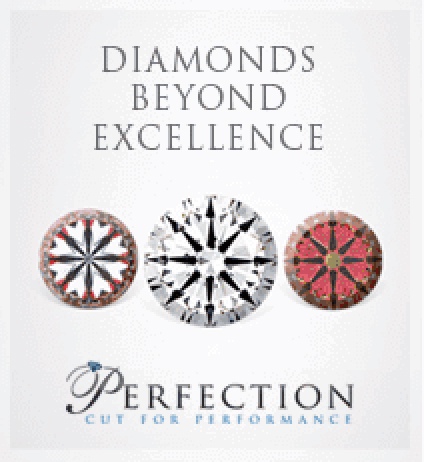
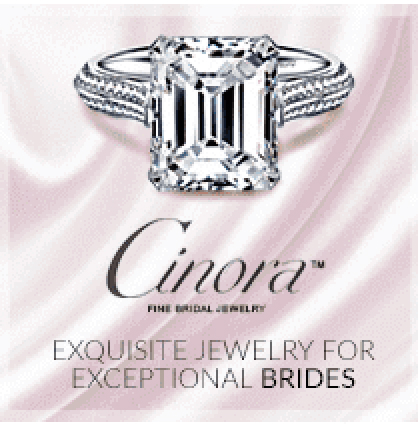
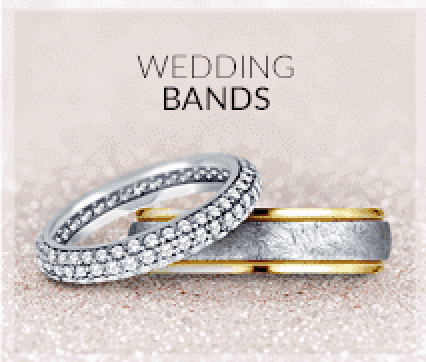
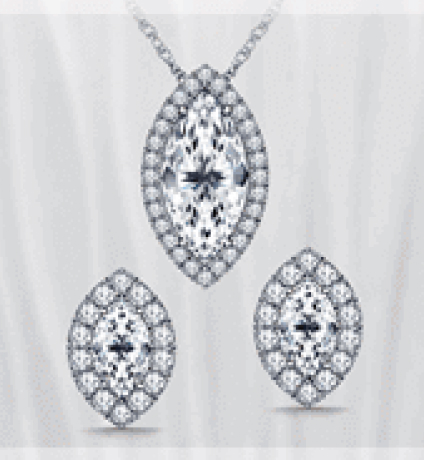
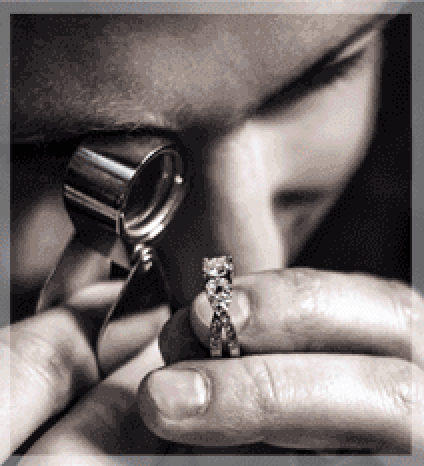


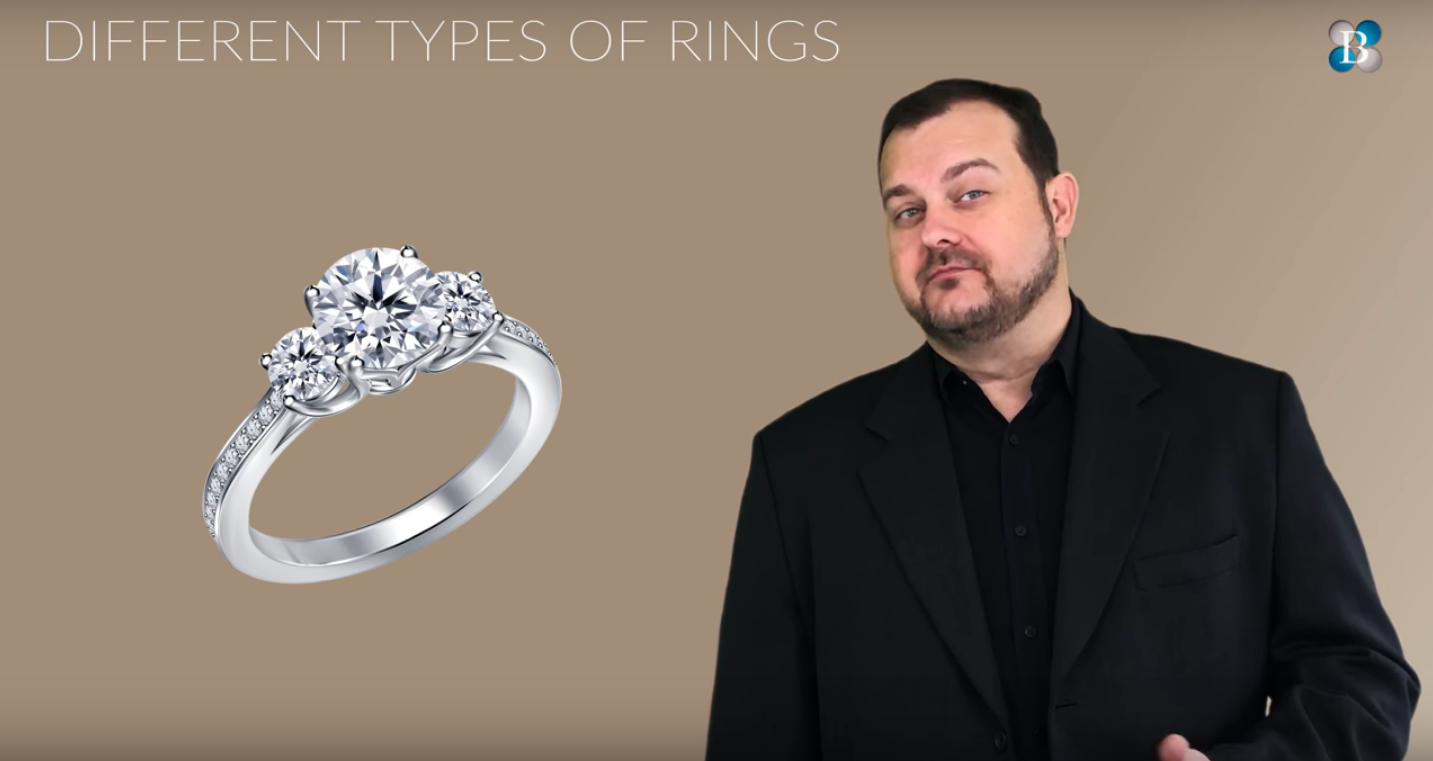
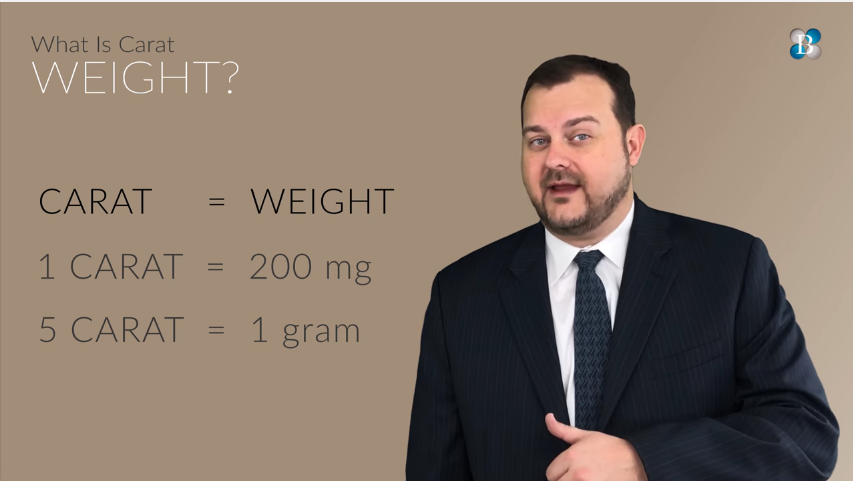
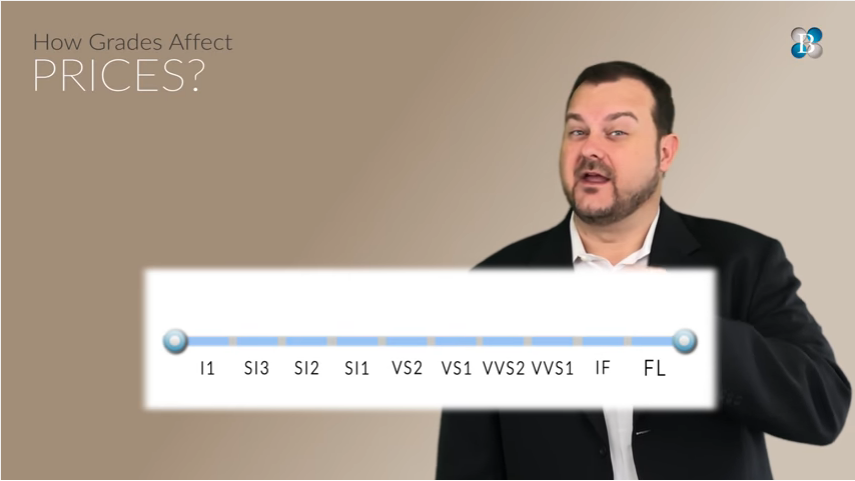

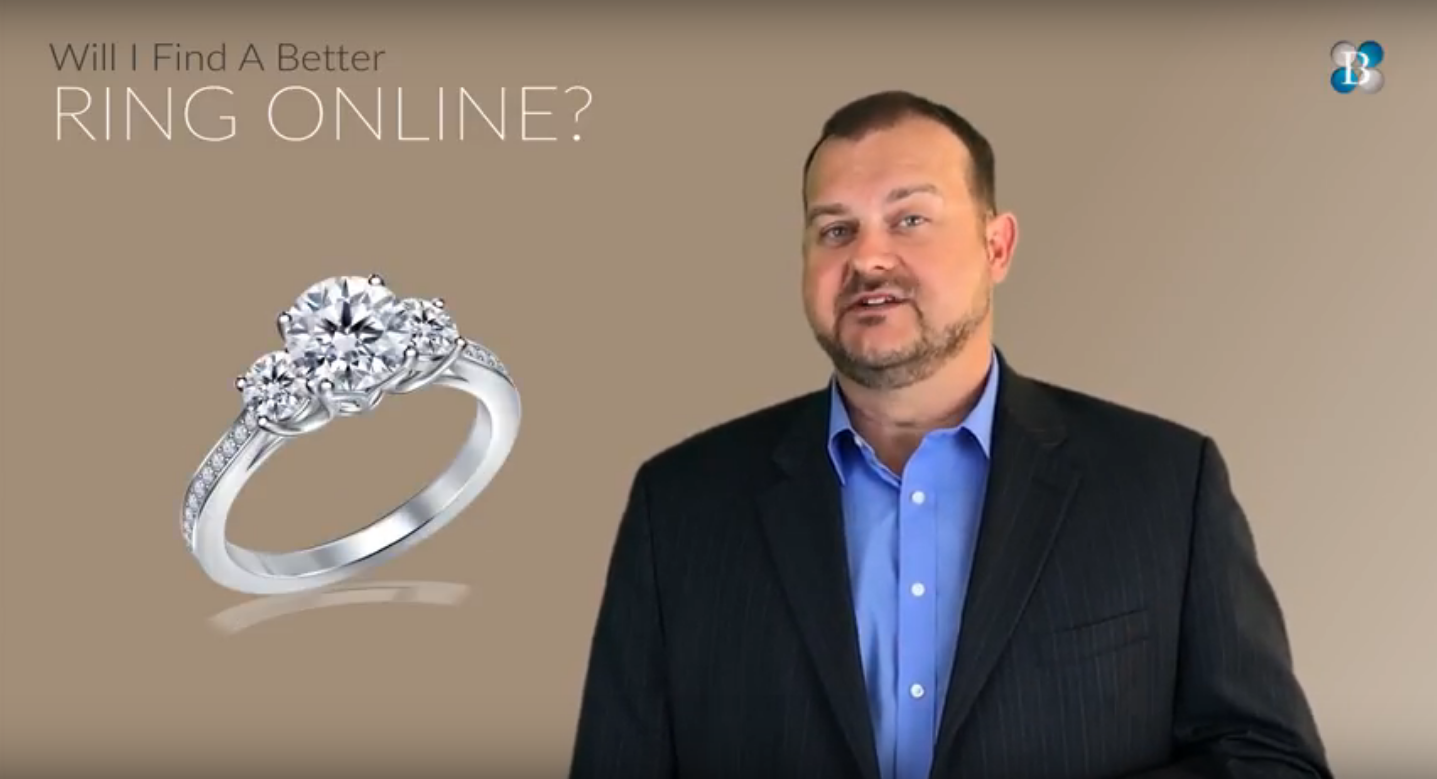
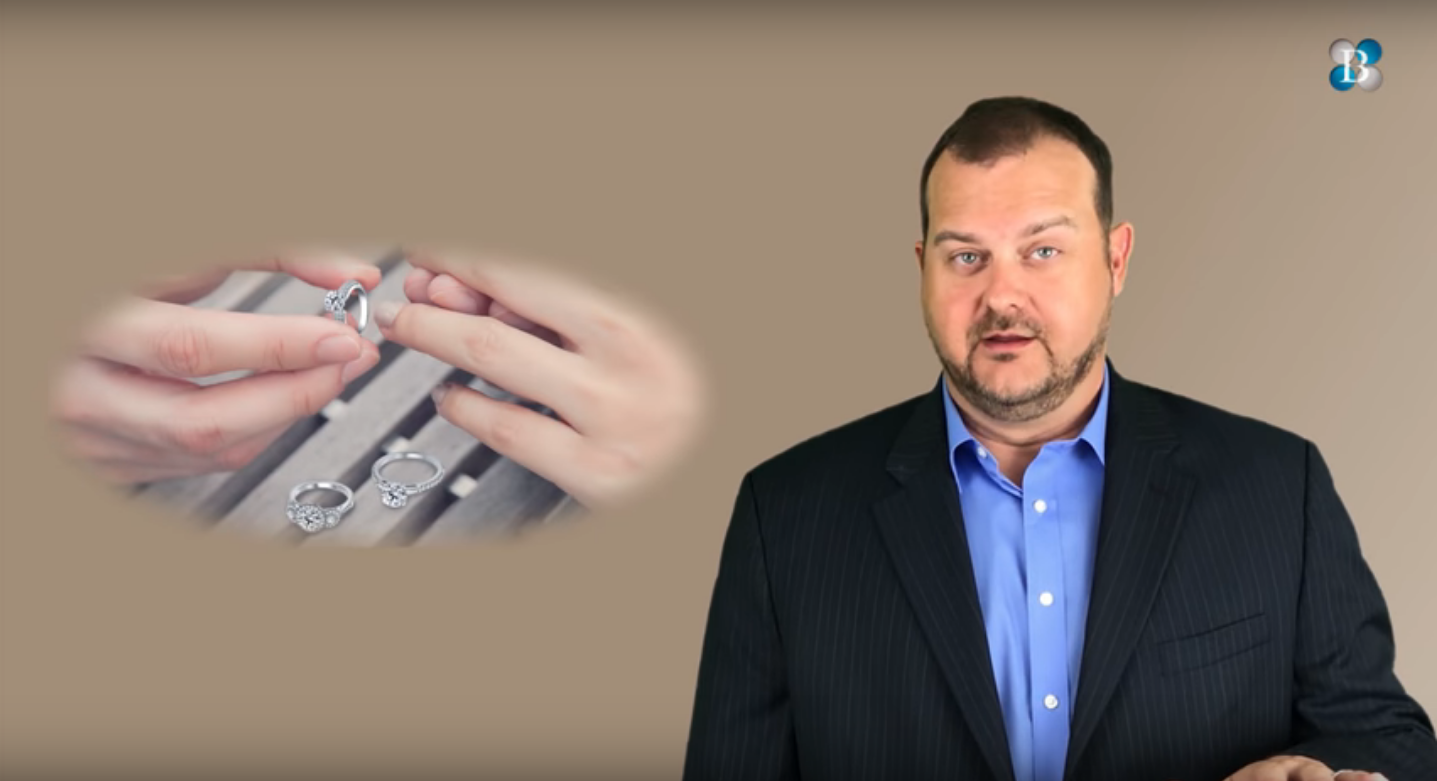

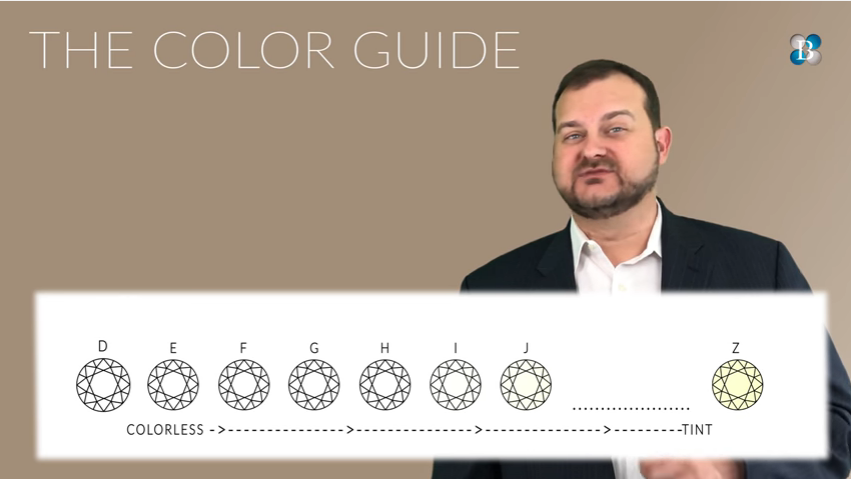 Guide to Diamond Color
Guide to Diamond Color
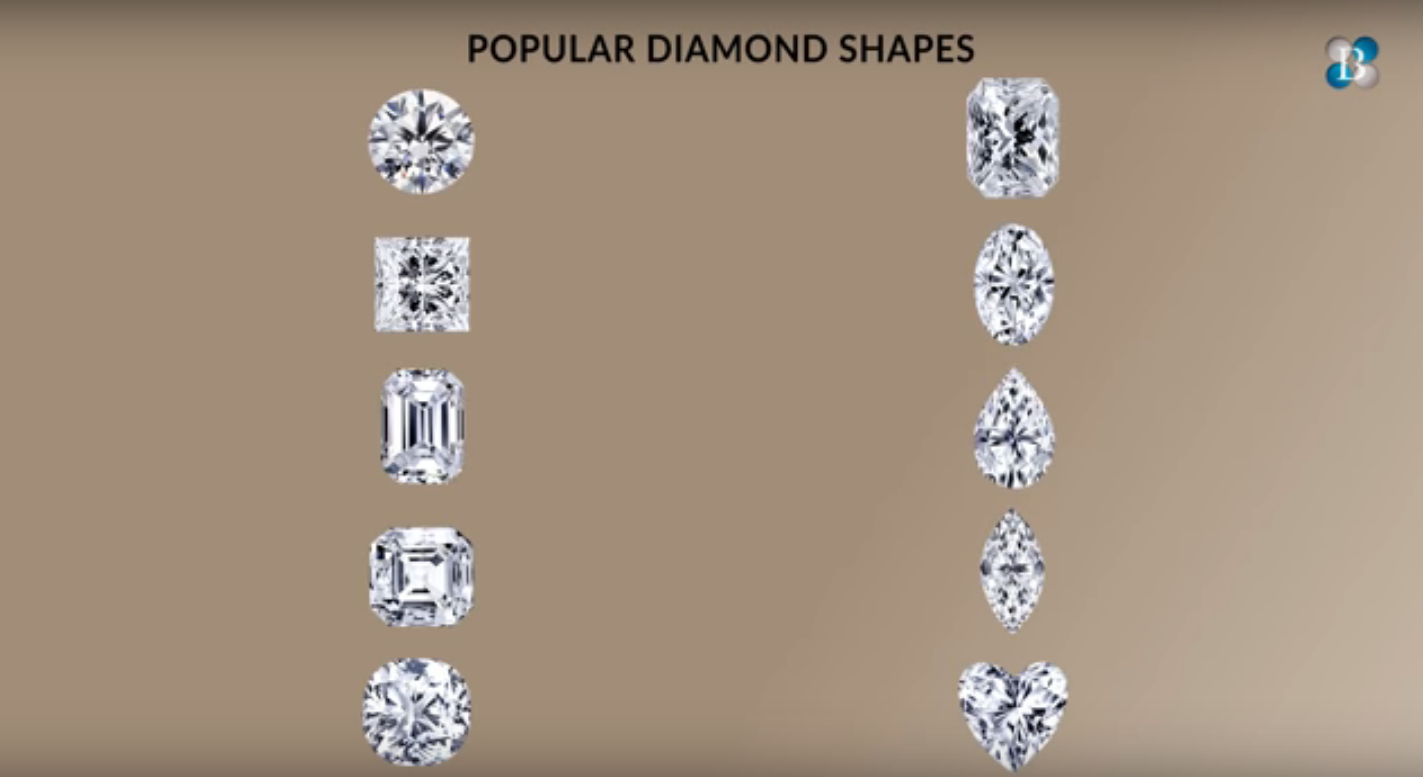 Guide to Diamond Shapes
Guide to Diamond Shapes
 Jewelry Gifts for Birthdays and Anniversaries
Jewelry Gifts for Birthdays and Anniversaries
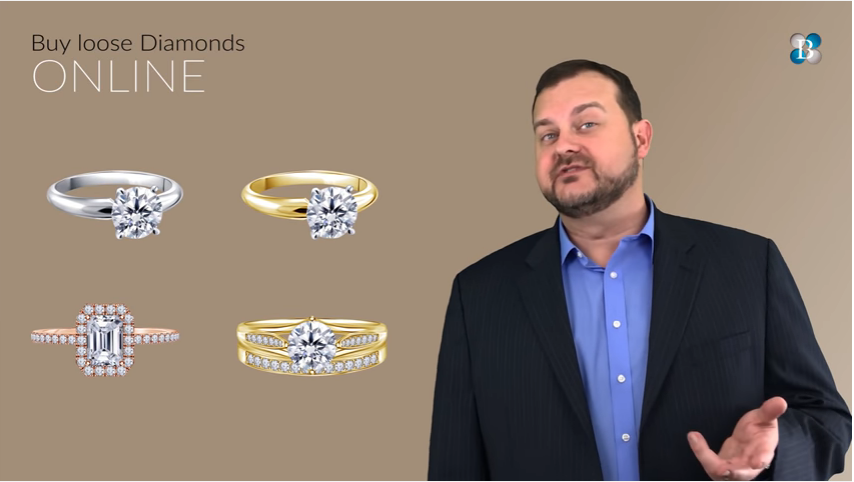 How to Save on Engagement Ring Shopping - Part 2
How to Save on Engagement Ring Shopping - Part 2
 Engagement Ring Design - Ring Shank
Engagement Ring Design - Ring Shank
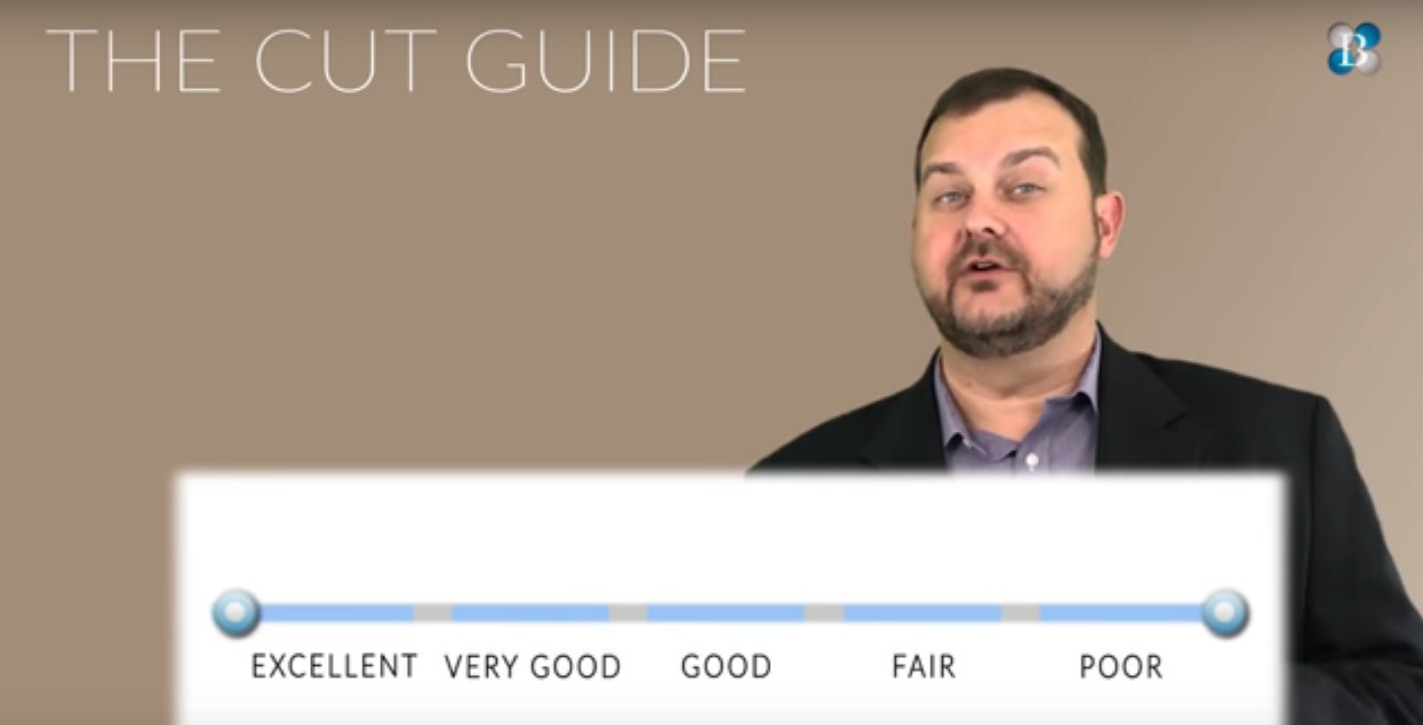 Guide to Diamond Cut
Guide to Diamond Cut
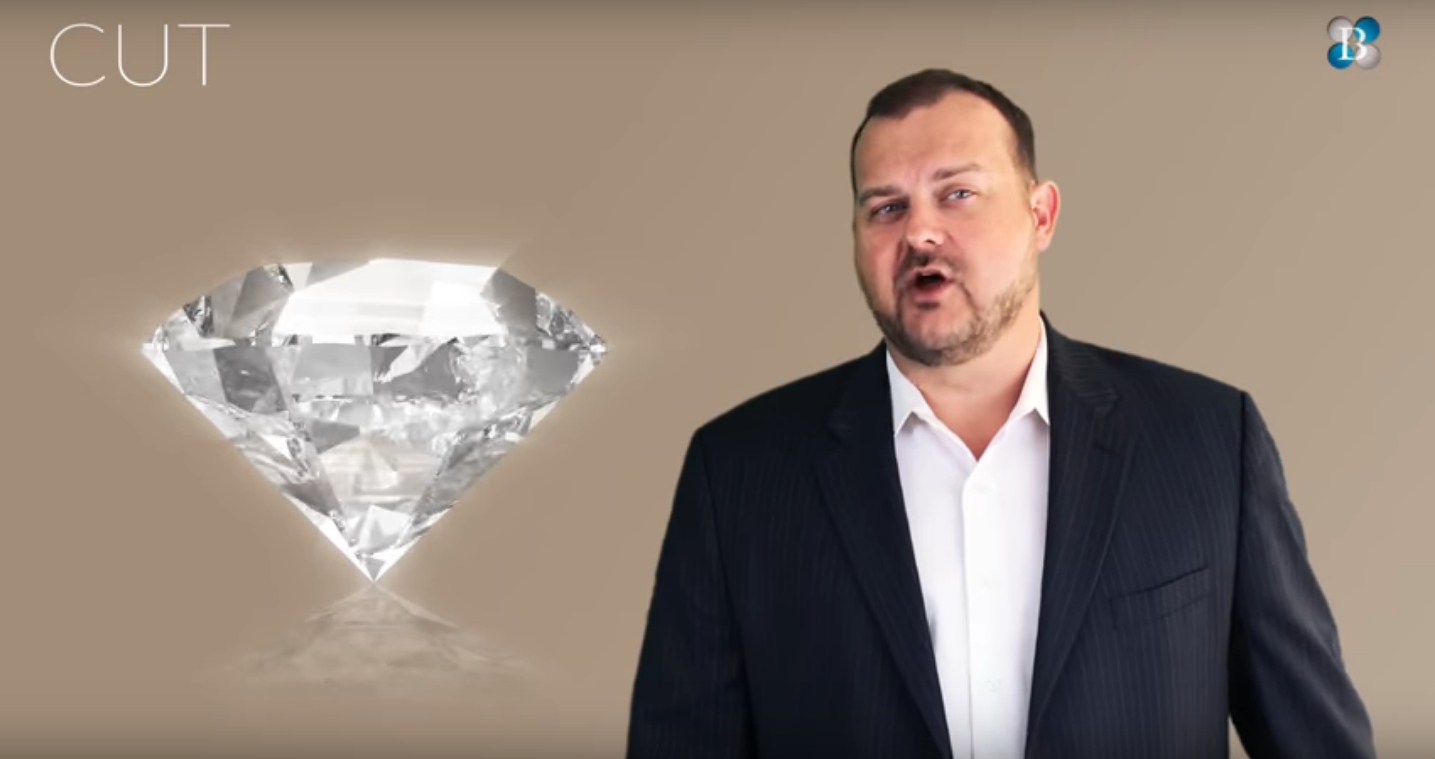 Round Brilliant Cut Guide
Round Brilliant Cut Guide
